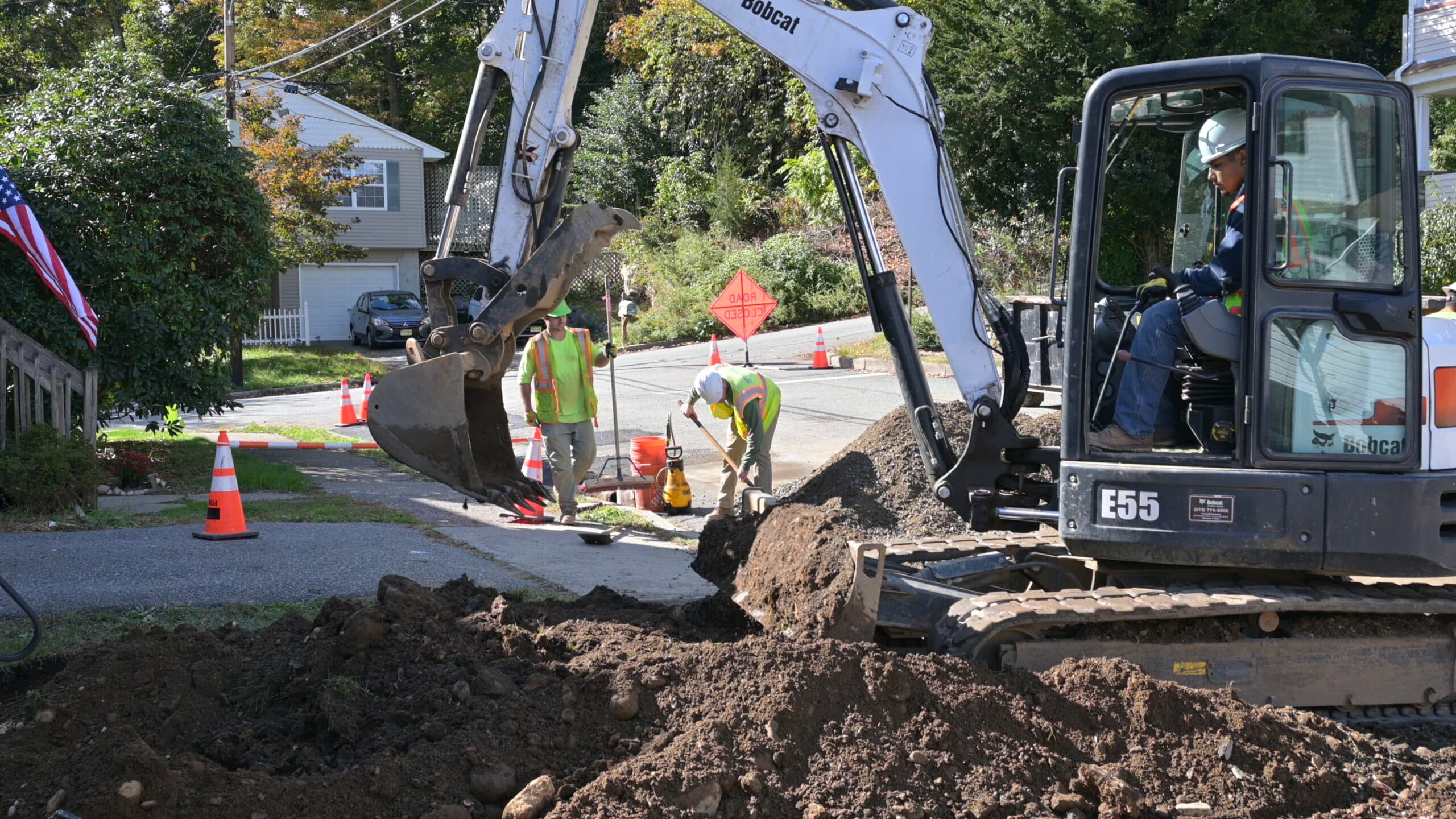Replacing your own sewer line is possible but generally not recommended unless you have significant plumbing experience and the necessary tools and equipment. Sewer line replacement is a complex and often challenging project that involves working with wastewater, excavation, and making connections to the municipal sewer system or septic tank. Here are some factors to consider:
Things To Consider When Replacing Your Own Sewer Line
- Skill and Experience: Sewer line replacement requires a good understanding of plumbing systems, excavation techniques, and local building codes. If you’re not experienced in these areas, you could make mistakes that lead to costly problems.
- Safety: Working with sewage and excavation can be hazardous. Proper safety precautions, including protective gear, ventilation, and shoring to prevent cave-ins, are essential. Without the right safety measures, you risk injury or exposure to harmful bacteria.
- Tools and Equipment: You’ll need specialized tools and equipment for tasks such as digging trenches, cutting and joining pipes, and properly grading the sewer line. Renting or purchasing these tools can be expensive.
- Permits and Regulations: Replacing a sewer line often requires permits and compliance with local building codes and regulations. Failing to obtain permits or adhere to codes can result in fines and delays.
- Property Damage: Excavation work can damage your property, including landscaping, driveways, and walkways. Professional plumbers have the expertise to minimize property damage.
- Warranty and Insurance: Professional plumbers typically offer warranties on their work. If something goes wrong after a DIY replacement, you may have to cover the costs yourself.
- Time and Effort: Sewer line replacement is a labor-intensive project that can take several days to complete. Consider whether you have the time and energy to tackle such a task.
If you still want to attempt a DIY sewer line replacement, here are the basic steps:
- Assessment: Identify the location and extent of the sewer line damage.
- Permits: Obtain any necessary permits and ensure compliance with local regulations.
- Tools and Materials: Gather the tools and materials needed for excavation and pipe replacement.
- Excavation: Dig a trench to access the existing sewer line. Ensure proper shoring and safety measures.
- Pipe Replacement: Replace the damaged section of the sewer line, making secure and watertight connections.
- Testing and Inspection: Test the new sewer line by running water through it and inspect for leaks.
- Backfill and Restoration: Carefully backfill the trench, restoring any affected landscaping or structures.
- Cleanup: Properly dispose of waste materials and clean the work area.
Remember that sewer line replacement is a complex and potentially hazardous job. If you’re not confident in your abilities or lack the necessary experience, it’s advisable to hire a licensed plumber or contractor to ensure the job is done correctly and safely. To speak to our team regarding a sewer line replacement service, please contact us at (201) 581-3740 or fill out our contact form.
⚠️ Are you experiencing sewer issues in New Jersey and need a sewer line repair and replacement specialist to provide you with a service or second opinion?
Contact BRUTE Contracting and you will be greeted by our owners, Daniel Radici or Uri Bussi. Daniel or Uri will listen to your sewer issues and provide you with the best option regarding your current situation and a free estimate for your sewer line replacement service.
If you qualify, you will be provided with a free sewer camera inspection so our team can assess the condition of the sewer line and provide you with an in-depth proposal regarding the scope of work and costs required to repair or replace the sewer line.


